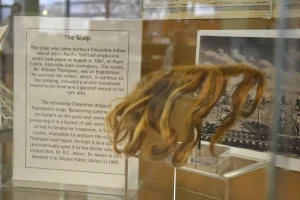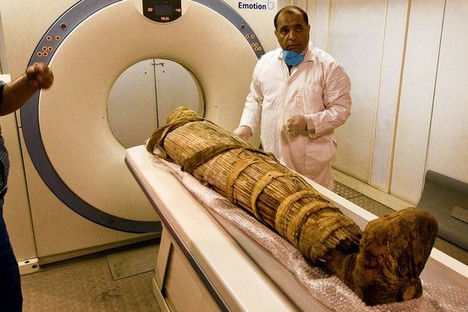Scientists once thought that the extinction of megafauna like mammoths was due mainly to climate change. But the extinction in America coincided with the arrival of humans, leading some to argue that early indigenous American Indians killed off the mammoths. This goes against the politically correct stereotype that American Indians were mostly peace-loving environmentalists.
A recently published article provides additional evidence. Using a skull from the Clovis period, roughly during the period when mammoths became extinct, the authors were able to conclude from the young child’s “isotopic signature” that two-thirds of the child’s diet came from his mother’s breast-milk, and one third mainly from the meat of large mammals like mammoths. They could also infer that the mother had a diet high in mammoth meat. Summarizing the academic article in The New York Times, columnist Carl Zimmer says: “a study analyzing the ancient bones of a young child who lived in Montana suggests that early Americans hunted mammoths and other giant mammals to oblivion” (p. D3).
I am not criticizing the early American Indians. If I had been alive back then and I could obtain nutrition for me and my family by slaughtering a few mammoths, I would have tried to do so. But we are making a mistake if we reject American exceptionalism in part on the basis of a false and sanctimonious claim that the indigenous American Indians acted on morally superior environmental values.
My musings above are based partly on the commentary:
(Note: the online version of the story has the date December 4, 2024, and has the title “Mammoth: It’s What Was Once for Dinner.”)
The academic article that is the basis for Zimmer’s commentary is:




